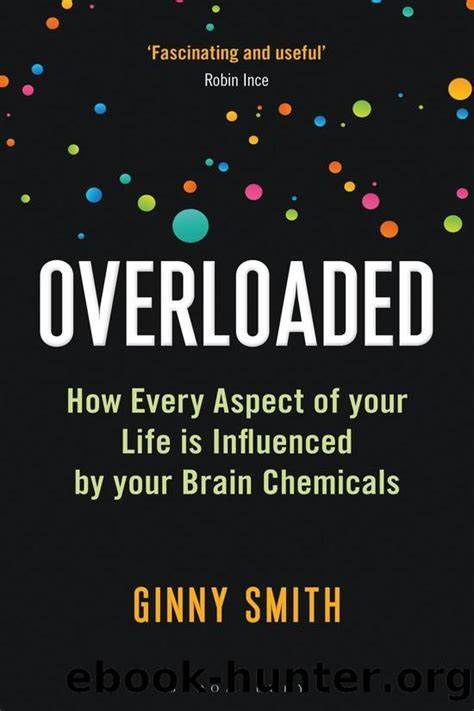Overloaded
- Spartan Stoic

- Jul 13, 2023
- 3 min read
by Ginny Smith
Popular science books have a familiar formula. Looking at commonly held beliefs, straightening out the facts, including a couple of anecdotes or themes and tying it together. The conclusions often result in telling you what the myths and facts were and weren’t, and what it means for the everyday person.
With this formula then, many of the books can fall into this pattern and structure. Take six themes, events or findings, and voila – the book is created. It can be tempting then to review many of these around the 5/10 or 6/10 ratings, because they often won’t break out of this formula.
Overloaded matches this description for a large part. It aims to look at how hormones and neurotransmitters influence us in our daily lives. How does dopamine, adrenaline and cortisol influence motivation, sleep, fear? What does this mean practically, with addiction, relationships, work, sleep?
Modern understanding
With the increased awareness of mental health, people are becoming more open to learning and understanding better the complex processes of the brain and body. Perhaps, living with chronic pain, understanding it better from Smith’s chapter on the subject might make the pain a little more manageable. Maybe, if caught in addiction, understanding the relationship of dopamine and motivation could influence how one tackles their addiction.
A mistake this book avoids is becoming overly detailed in descriptions of the brain, and how the processes work. Popular science should not be a textbook: the reader is, most likely, interested in what the real world impact of the processes are, rather than the size and shape of different parts of the brain and the complex workings and roles. It is much recommended for a book then to include the minimum necessary amount of detail on this. Smith does a good job of this.
Her writing is decent striking a good balance between detail, explanation and keeping a flow without getting bogged down in detail. For some, it will feel more like an introduction for this reason: if someone wants to read a textbook explanation of some of these processes, this is the wrong book.
So the lateral hypothalamus is a regulation area, linking our needs with our desires. And as ever, this relies on chemical messengers. Mice without leptin signalling in this region overeat and become obese, and replacing leptin in this area brings them back to normal. It also restores low dopamine levels. But leptin and dopamine aren’t the only players in this region. There are also neurons that use a neurotransmitter called neurotensin. This chemical reduces the urge to eat tasty food, increases movement and suppresses weight. (pp.192)
The themes are what someone might expect, broadly: motivation, mood, sleep, hunger, pain, fear and memories. It’s worth noting that if you’re interested in neurons and receptors, dopamine, cortisol, oxytocin, placebos, then this book will fit the bill. There are definite contenders that could also have been included but weren’t, if I recall correctly, such as exercise.

Sometimes, Smith lapses into personal opinion, strictly veering away from scientific objectivity, but perhaps this is permissible to you in a popular science where the rules are somewhere in the middle. For example, she decries the lack of recognition for certain female scientists, comparing them to Newton and Einstein. This may turn you off a bit, although personally I found the story interesting.
Is the factual information useful and enlightening? This is perhaps the most important criteria. Some might find it a bit surface level, but it seemed that for sure the knowledge was here, just that Smith avoided getting bogged down in detail. The structure is more likely a striving to keep things well balanced. Even when discussing something complex such as the workings of dopamine, where previously it was posited that dopamine created motivation, then discovered that actually dopamine is received in anticipation of reward, Smith does a good job of explaining the intricacies without it getting tedious. I’m not sure there was a huge number of takeouts, since often the conclusion felt like ‘well, it’s complicated’. But that is arguably just the challenge of developing scientific knowledge.
Final Score
The science, effective writing style and balance of anecdotes, examples and not lapsing into too much detail, makes this a good introduction to these neurotransmitters and their influences on us.
This book serves as a good introduction, and in many ways is a case of you get what you expect. It follows the popular science book formula, and doesn’t do enough to reach the higher scores, even though it doesn’t particularly do anything wrong.
7/10



